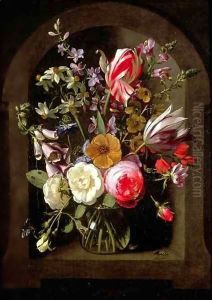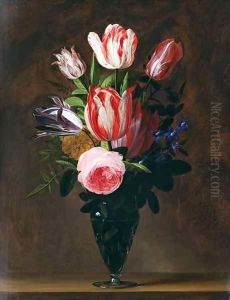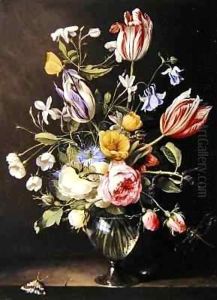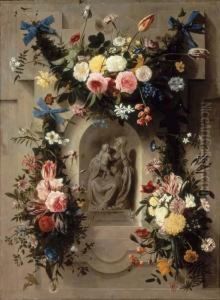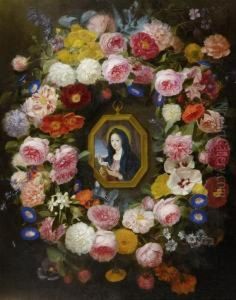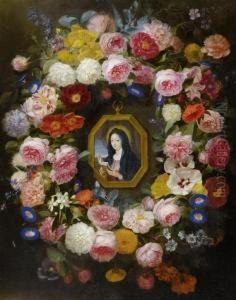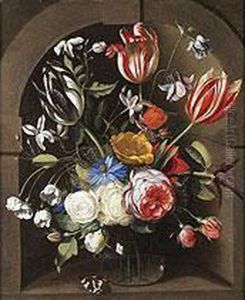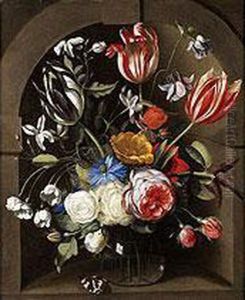Johannes Antonius van der Baren Paintings
Johannes Antonius van der Baren was a Belgian artist known for his still-life paintings and his role in the transition from the 19th to the 20th century in European art. Born on December 18, 1867, in Brussels, Belgium, van der Baren grew up in an era that saw the waning of traditional academic art and the rise of new movements that would eventually lead to modernism.
Van der Baren’s early work was influenced by the academic tradition, which was focused on realism and technical skill. However, he was also exposed to the burgeoning art movements that were emerging around him, such as Impressionism and Post-Impressionism. He started his education at the Académie Royale des Beaux-Arts in Brussels, where many Belgian artists of the time received their formal training.
Throughout his career, van der Baren maintained a focus on still-life painting. His compositions often included flowers, fruits, and inanimate objects arranged with a sense of balance and harmony. He was particularly noted for his ability to render textures and surfaces with great detail and his use of color to create mood and atmosphere in his works.
Van der Baren's art did not gain the same level of fame as some of his contemporaries, but he was respected among his peers and collectors. His works were exhibited in various salons and galleries throughout Belgium and occasionally abroad. Despite the overshadowing influence of avant-garde artists who were experimenting with more abstract and non-representational forms, van der Baren remained committed to his style, which resonated with a conservative audience that appreciated the beauty and craftsmanship of traditional still-life painting.
Johannes Antonius van der Baren died on March 28, 1926, in Ixelles, a suburb of Brussels. His works continue to be appreciated by those with an interest in Belgian art of the late 19th and early 20th centuries, and they can be found in both private collections and museums. Van der Baren’s commitment to his genre helped preserve the still-life tradition through a period of significant change in the art world.
